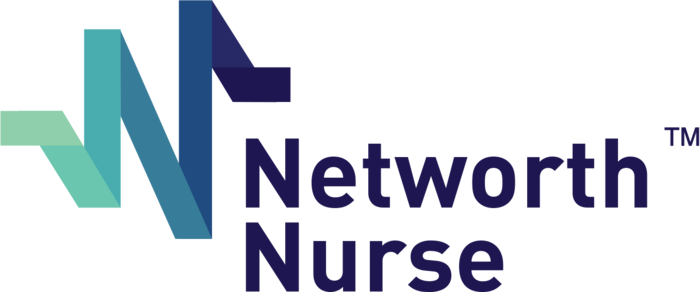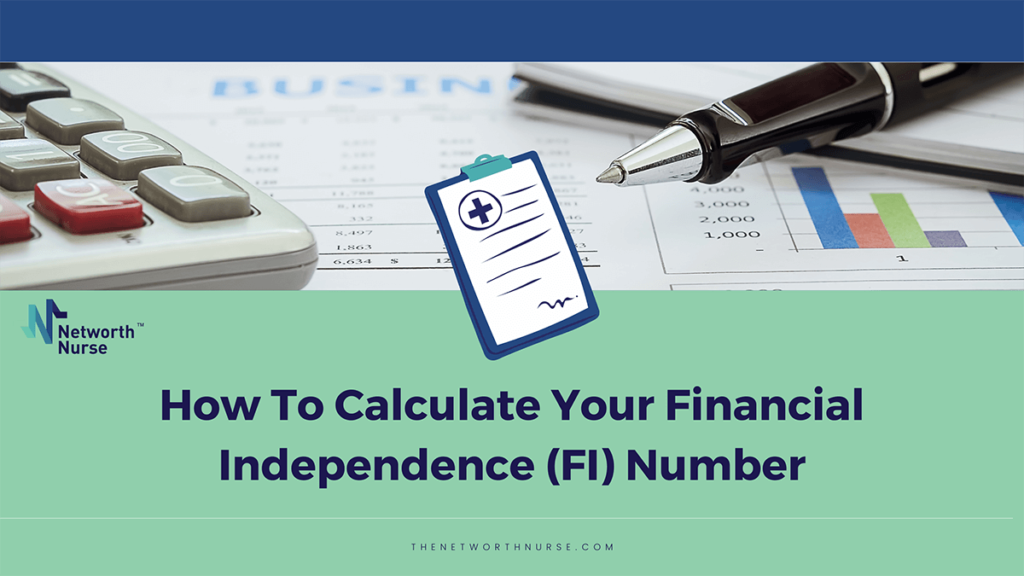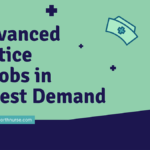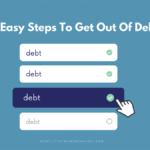Are you feeling depleted and questioning whether nursing is the right career for you? Do you yearn to spend your days exploring your passions, rather than catching up on sleep after working long shifts? There is a way out of this exhaustive cycle with a new movement called FIRE. It stands for Financial Independence, Retire Early. Have you heard of it? The basic premise of FIRE is accumulating enough wealth to give yourself the financial freedom to make your traditional job optional. Achieving this level of independence creates the power to control so much more in your life. Whether you want to work part-time, pick up a new gig, or never work another day, you get to choose! Let’s look a little more closely at the financial independence (FI) portion of the FIRE movement.
Financial Independence
You might think that saving enough money to quit your regular job requires you to live a life of extreme frugality, where you subsist on rice and beans and never buy yourself another latte. Before you head for the exit door, keep in mind that there are many ways to reach FI. You just need to learn about your options and choose the path that suits your lifestyle.
Expenses
The first step of FI is getting to know your own expenses. This can take some time, but it’s crucial to get a sense of where you spend your money each month. After nailing down your monthly expenses, multiply the number by 12 to calculate your annual expenses. This figure will be used to help project future expenses.
Lifestyle & Projected Annual Expenses
Deciding what kind of lifestyle you will want to have once you reach FI is step number two. Do you lean toward minimalism? This means you will have lower annual expenses and can reach FI quicker. If extreme frugality is not your thing and you want a little more of an indulgent lifestyle, that’s not a problem. Your projected annual expenses will be higher and your FI number larger, but you will also be happier with your chosen path. Some questions to think about include:
- Where will you want to live? Will the cost of living be high or low?
- Do you replace items you use at home on a regular basis or do you use items until they break? Consider electronics, cars, and clothing.
- If you didn’t have to work, how would you spend your time?
- Would you rather eat out or at home?
- Would you travel the world or to a location nearby?
- Will any of your expenses change, such as student loans, child care, or mortgage?
Add up what you think you will need to cover your projected annual expenses to be comfortable in the future. Next, get ready to calculate your FI number.
Calculating your FI Number
Before calculating your FI number, you need to know about the 4% rule. Financial planner William Bengen studied market returns over a 50-year period, looking at some of the worst years in the stock market and accounting for inflation. He determined that upon retirement, you can safely withdraw 4% of your investments annually without exhausting your funds.
Once you project your future expenses, it’s time to calculate your FI number. Representing the reverse of the 4% rule, the calculation is annual expenses multiplied by 25. Here are some examples:
Annual expense of $40,000 x 25 and your FI number is $1,000,000.
Annual expenses of $60,000 x 25 and your FI number is $1,500,000.
After determining your FI number, the final step is planning how to make it happen. With our courses, you will create an effective plan and take actionable steps toward becoming financially independent.





